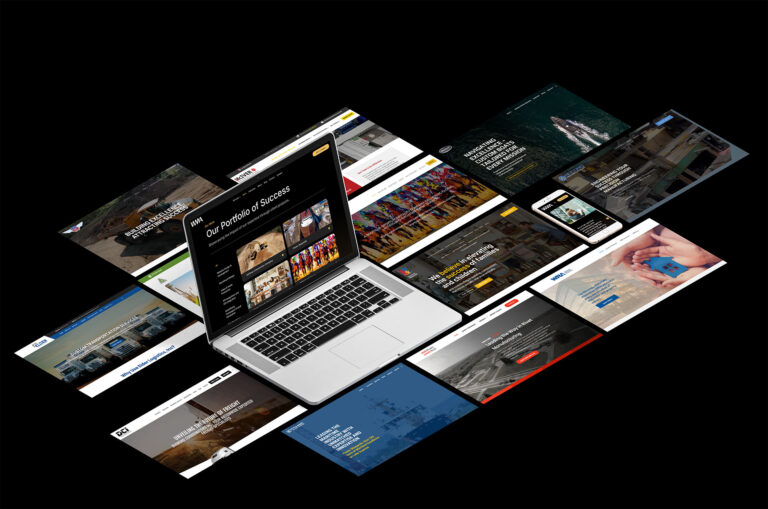How Geofencing is Changing the Lives of Businesses in 2022
Geofencing is location-based technology that businesses can use for different purposes. For marketing purposes, your business can also use geofencing for a variety of campaigns on programmatic video, static ads, and CTV OTT advertising.
Among other means of tracking and monitoring location, here are four of the main ways geofencing integrates with software to track a user’s location:
- GPS
- RFID technology
- Wi-Fi triangulation, and
- Cell towers (cellular data)
Geofencing is a location-based service. As a location-based service, a signal inside a technological device goes off when apps or software are using GPS, RFID, Wi-Fi, or cellular data. The end goal of geofencing is the process of these methods signaling when a mobile device or RFID tag enters or exits a virtual boundary set up around a geographical location.
By targeting specific areas, such as a business conference or a known hangout spot for executives of big business, Geofencing software enables an end-user to receive exclusive access content and even send specified offers by offering discounts and promotions related to the customer’s physical location.
Geofence Software: Fulfilling All Your Business Needs in One App
Many businesses are continuously looking for ways to improve their marketing or overall business strategies. Even as a relatively new marketing strategy, geofencing enables marketers to focus their content on specific areas.
Marketers can benefit from this location-based marketing strategy by creating “fences” around specific areas and delivering relevant media to customers in real-time. Once the “fences” or “preferences” are placed, a marketing specialist can primarily deliver relevant media to only the most targeted customers.
Here are a few examples of key customers that businesses can target:
- Geofencing a conference for select industries or stakeholders
- Geofencing a capitol building to reach legislators or government officials
- Geofencing target companies for sales teams to find new clients
- Tracking only specific areas of a city or town via zip code.
Essentially, this eliminates broadcasting the same messages across large geographical areas with a traditional hit-or-miss tactic.
Geofencing easily cuts down on wasteful spending and ensures that a business’s marketing campaign targets the right audiences. Furthermore, companies can do this while cutting down on ad fraud or mismanagement of ad money since advertisers know where their customers are located.
Businesses get the best of both worlds. Geofencing allows marketers to customize campaigns to target the specific area in which their customers are and save ad money. Understandably so, geofencing can also lead to a more personalized experience, leading to higher conversion rates and better customer relations.
Why Should Your Business Invest in Geofence Technology?
So why should your business use geofencing? There are numerous beneficial and money-saving side-effects on your company’s bottom line. This natural ad money-saving tactic can allow your business to reallocate funds to other areas that need it the most. Examples include R&D, company expansion, or even department development and growth.
As expected, there are many industries that use geofence technology. Below are a just a few examples of industries that use this technology:
- Government
- Healthcare
- Education
- Hospitality
- Retail
It’s clear to see that many facets of the business environment use geofencing software to strategize ways to reach their desired target audience.
As stated numerous times before in this article, a business can target a specific area and deliver relevant media to only those interested in the curated content with geofencing. In addition, it eliminates PPC waste, or other general miscalculated ad budgets allocated to a campaign.
Put simply, geofencing actively tracks customers’ movements and offers them exclusive deals. It can also be used to send notifications and reminders for specific events to certain customers. In order for this notification feature to trigger, geofencing software considers customers interested in said event through their online search history or browsing data.
Conclusion
There are countless ways your business can benefit from using such tracking technology and tactics. In an ever-evolving business environment that is increasingly being remote and readily accessible, it’s important that you also stay on top of your business needs.
If you have any further questions as to how we can help your business implement geofencing strategies and roadmaps, feel free to reach out to us here (at Walker Media Agency) or here (at Rally Digital) to speak with either one of our account executives or our owner, Matt Walker.
We hope you’ve found this article informative, and most importantly, we hope it’s given you an opportunity to see how you may better position your business ahead of the curve.
https://www.groundtruth.com/insight/the-ultimate-guide-to-geofencing/
https://propellant.media/what-is-geofencing/
https://www.moengage.com/learn/geofencing-in-mobile-marketing-and-guide-to-implementing-geo-fencing/
https://blog.beaconstac.com/2020/01/geofencing-marketing-guide/
https://www.cio.com/article/288810/geofencing-explained.html


